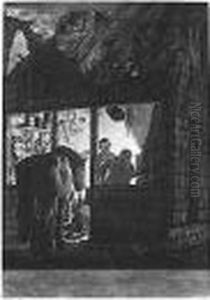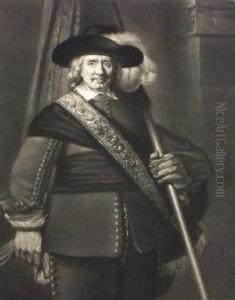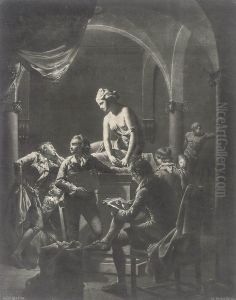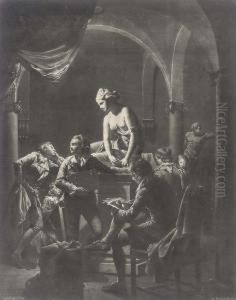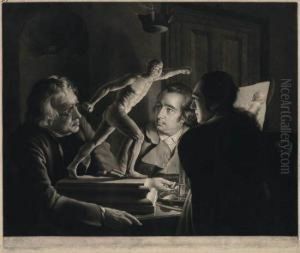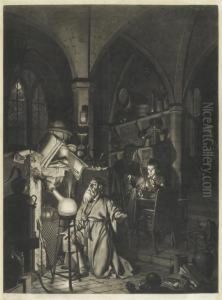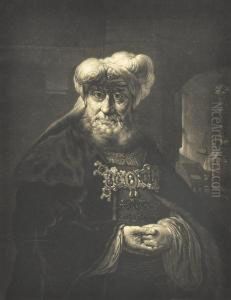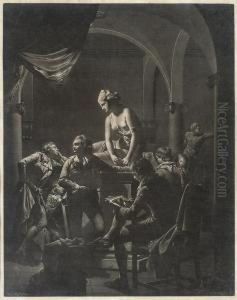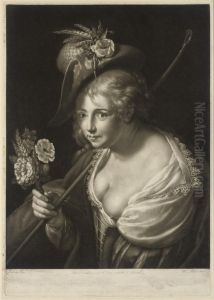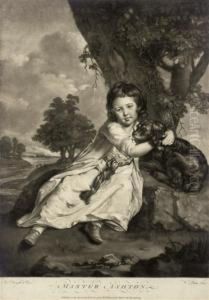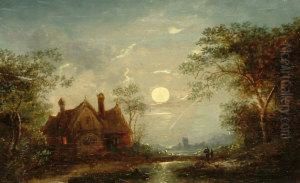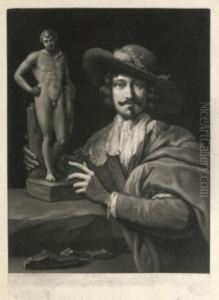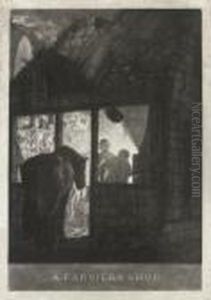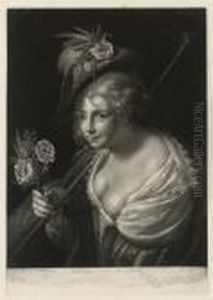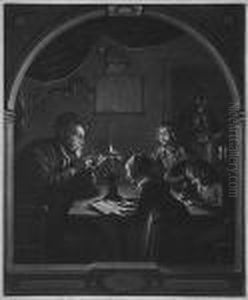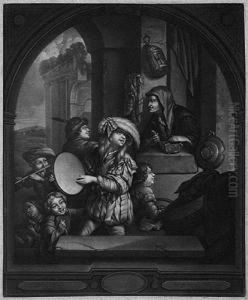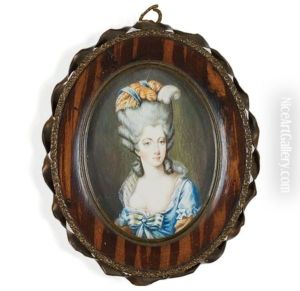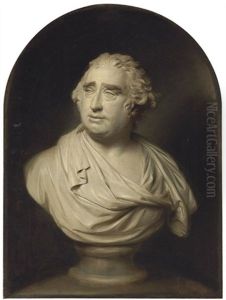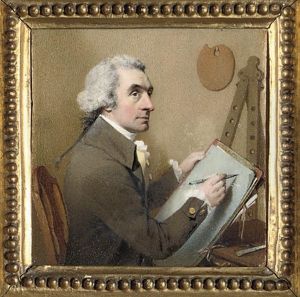William Pether Paintings
William Pether was an English painter, mezzotint engraver, and printmaker known for his contributions to the art world in the late 18th and early 19th centuries. Born in Carlisle, Cumberland, in 1738, Pether's artistic journey began under the tutelage of the renowned mezzotint engraver and publisher Thomas Frye, with whom he worked closely and developed his skills in mezzotint, a printmaking process that was highly popular during his time for its ability to capture the tones and subtleties of oil paintings.
Pether is best remembered for his skillful reproductions of works by other artists, particularly Joseph Wright of Derby, Peter Paul Rubens, and Rembrandt. His ability to translate the depth and emotion of the original paintings into prints contributed significantly to the appreciation and circulation of these artists' works. Among his notable works are mezzotint reproductions of Joseph Wright's 'A Philosopher Lecturing on the Orrery' and 'The Alchymist,' which are celebrated for their intricate detail and atmospheric effect.
In addition to reproducing the works of others, Pether also created original portraits and genre scenes. However, it is his contribution to the popularization of mezzotint engraving and his mastery of the medium that cement his place in the history of British art. Despite facing competition from other engravers and the changing tastes of the art market, Pether's works continued to be sought after by collectors and connoisseurs.
Towards the later years of his life, Pether's popularity waned, and he faced financial difficulties. He died in relative obscurity in 1821. Despite this, his legacy endures through his prints, which remain objects of study and admiration for their technical proficiency and beauty. Pether's work provides a vital link in the understanding of the development of printmaking in Britain, showcasing the evolution of artistic techniques and the dissemination of art during his era.
